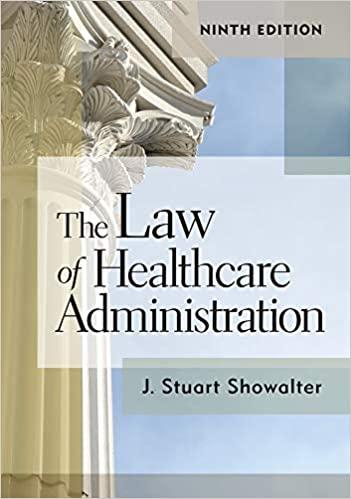The two principal contentions in the complaint are that the defendant trustees conspired to enrich themselves and
Question:
The two principal contentions in the complaint are that the defendant trustees conspired to enrich themselves and certain financial institutions with which they were affiliated by favoring those institutions in financial dealings with the Hospital, and that they breached their fiduciary duties of care and loyalty in the management of Sibley’s funds. . . .
[The court explains that the hospital was begun by the Methodist Church–affiliated Lucy Webb Hayes School in 1895 and eventually became the school’s main activity.]
In 1960 . . . the Sibley Board of Trustees revised the corporate by-laws. . . . Under the new by-laws, the Board was to consist of from 25 to 35 trustees, who were to meet at least twice each year. Between such meetings, an Executive Committee was to represent the Board [and in effect had full power to run the hospital]. . . . In fact, management of the Hospital from the early 1950s until 1968 was handled almost exclusively by two trustee officers:
Dr. Orem, the Hospital Administrator, and Mr.
Ernst, the Treasurer. Unlike most of their fellow trustees, to whom membership on the Sibley Board was a charitable service incidental to their principal vocations, Orem and Ernst were continuously involved on almost a daily basis in the affairs of Sibley. They dominated the Board and its Executive Committee, which routinely accepted their recommendations and ratified their actions. Even more significantly, neither the Finance Committee nor the Investment Committee ever met or conducted business from the date of their creation until 1971, three years after the death of Dr. Orem. As a result, budgetary and investment decisions during this period, like most other management decisions affecting the Hospital’s finances, were handled by Orem and Ernst, receiving only cursory supervision from the Executive Committee and the full Board.
Discussion Questions
1. If this case were decided today, would the outcome be different? If so, how?
2. As the CEO or board member of a not-for-profit hospital corporation, what measures would you put in place to prevent a repeat of the activities that led to the lawsuit involved here?
3. How would you summarize the duties of board members on the basis of the holding in this case?
Step by Step Answer:






